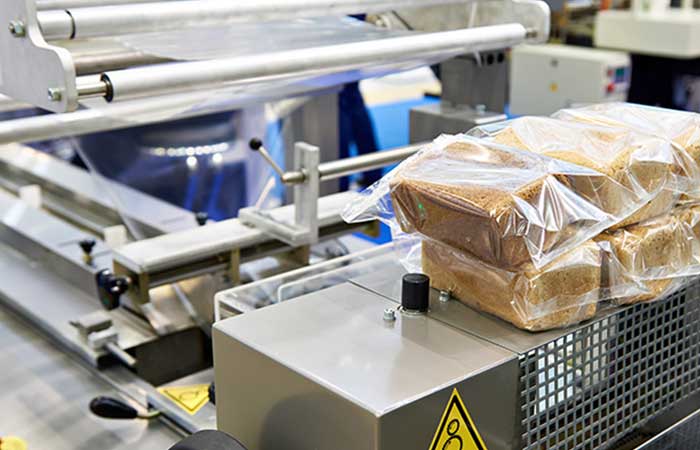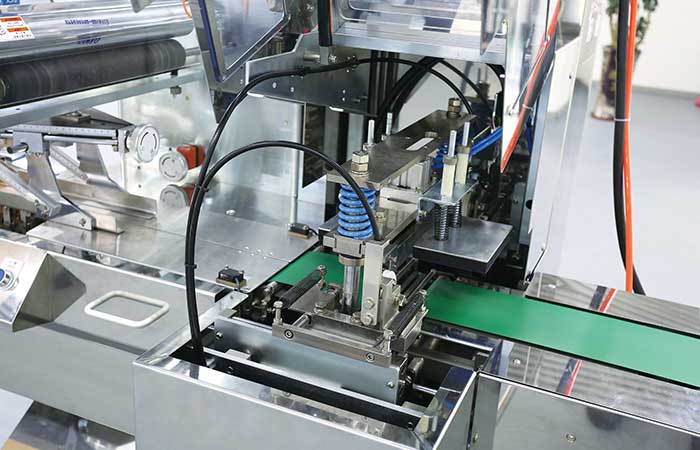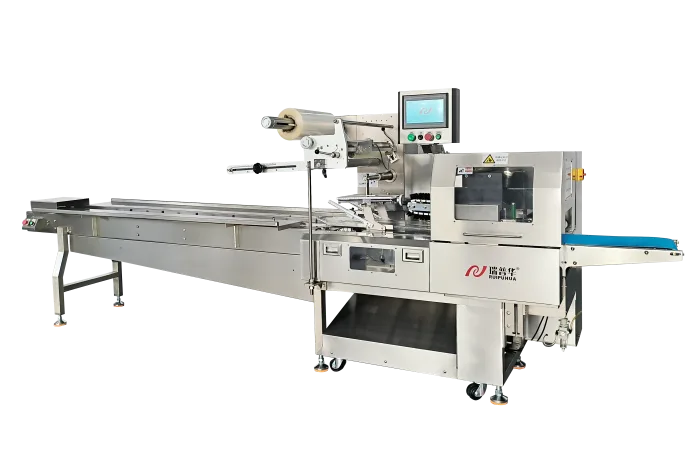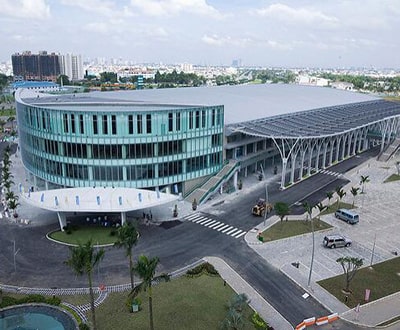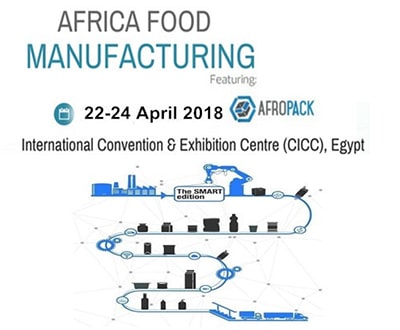Revolutionizing Packaging: The Rise of Shrink Wrap Technology
Revolutionizing Packaging: The Rise of Shrink Wrap Technology
In recent years, the packaging industry has seen a significant shift towards more sustainable and efficient methods of packaging. One such technology that has gained immense popularity is shrink wrap packaging. This innovative method involves the use of heat to shrink a plastic film tightly around a product or group of products. Let’s dive into the world of shrink wrap technology and explore how it is transforming the way products are packaged and shipped.
The Basics of Shrink Wrap Packaging
Shrink wrap packaging involves encapsulating items in a thin film of plastic that, when exposed to heat, shrinks tightly around the product. This method provides a secure and protective covering that not only keeps products safe from external elements but also enhances their visual appeal. Companies across various industries, from food and beverage to electronics and cosmetics, are increasingly adopting shrink wrap technology due to its numerous benefits.
Benefits of Shrink Wrap Packaging
1. Product Protection: Shrink wrap provides a strong barrier against dust, moisture, and tampering, ensuring that products reach consumers in pristine condition.
2. Cost-Effective: Shrink wrap is a cost-effective packaging solution as it requires less material compared to traditional packaging methods, reducing overall packaging costs for businesses.
3. Improved Presentation: The tight, professional finish of shrink wrap enhances the aesthetic appeal of products, making them more attractive to consumers.
Applications of Shrink Wrap Technology
Shrink wrap technology is versatile and can be used in a wide range of applications:
- Food Packaging: Shrink wrap is commonly used to package food items such as fresh produce, meat, and bakery products.
- Industrial Packaging: It is used to protect industrial machinery and equipment during transportation and storage.
- Retail Packaging: Many retail products, including DVDs, software, and gift baskets, are packaged using shrink wrap.
The Environmental Impact of Shrink Wrap
While shrink wrap packaging offers numerous benefits, there are concerns regarding its environmental impact. The use of non-biodegradable plastics in shrink wrap can contribute to plastic pollution. As a response to these concerns, companies are exploring the use of biodegradable and recyclable materials in shrink wrap production to reduce their carbon footprint.
Future Trends in Shrink Wrap Technology
Looking ahead, the future of shrink wrap technology is promising. Innovations such as bio-based shrink films, advanced recycling processes, and automation in packaging lines are set to revolutionize the packaging industry. As sustainability and efficiency become increasingly important, shrink wrap technology will continue to evolve to meet the changing needs of businesses and consumers.
-
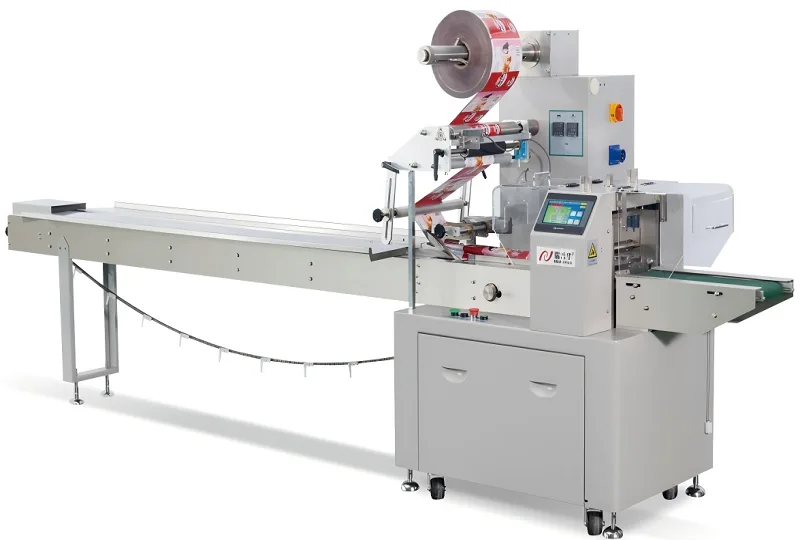 01
01Automatic Tray Loading and Packaging Equipment: Boost Efficiency to 160 Bags/Minute
21-11-2025 -
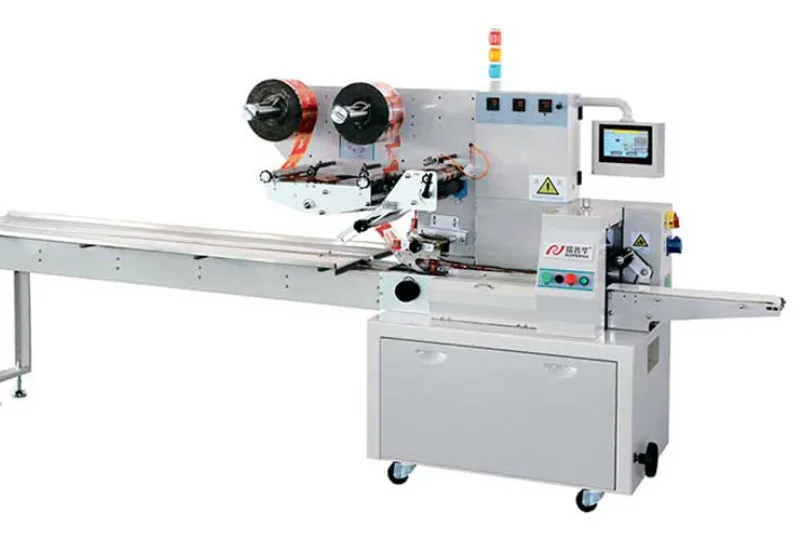 02
02Automatic Soap Packaging Machine: Boost Productivity with 99% Qualification Rate
21-11-2025 -
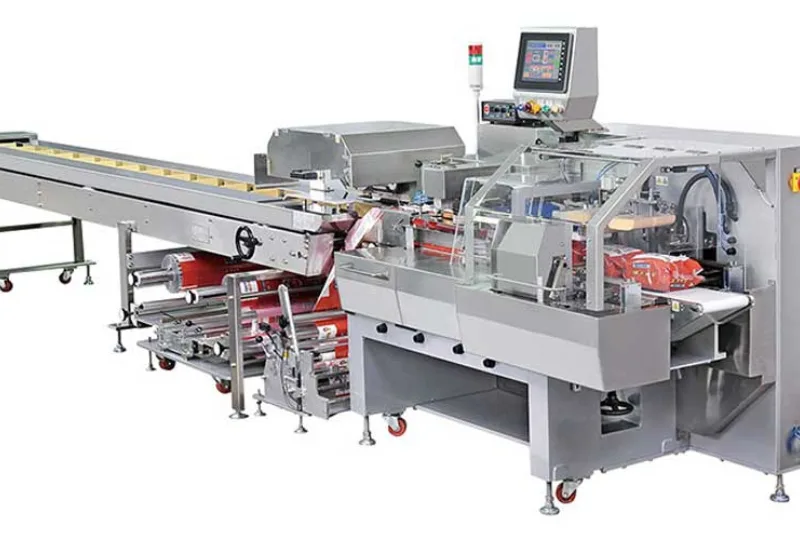 03
03A Deep Dive into Automatic Toast Processing and Packaging System
18-11-2025 -
 04
04The Future of Bakery Production: Automated Toast Processing and Packaging System
18-11-2025 -
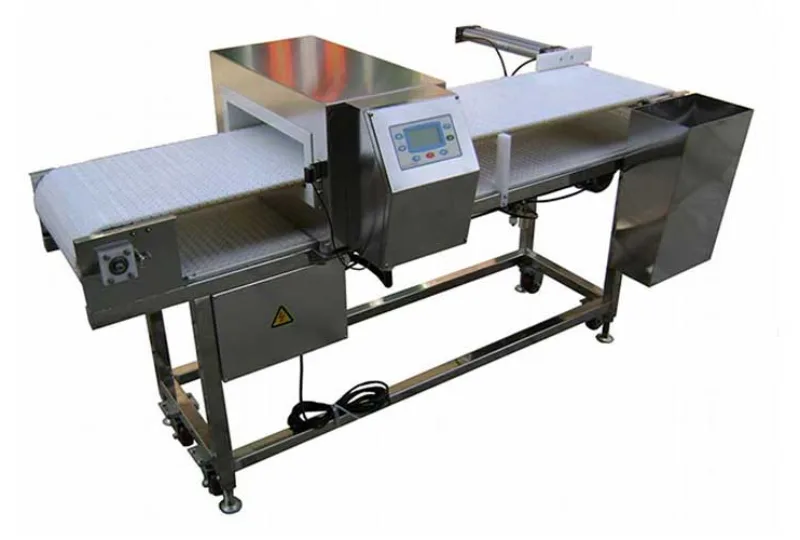 05
05Reliable Food Packaging Solutions with China Bread, Candy, and Biscuit Machines
11-10-2025 -
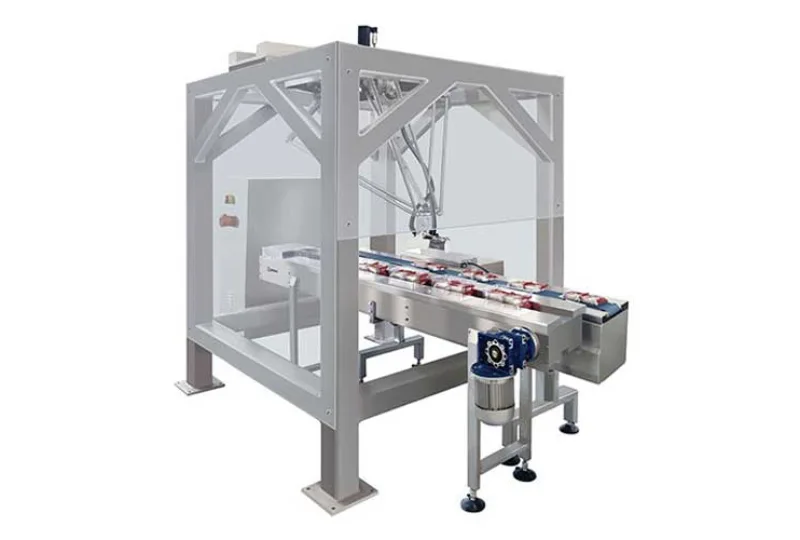 06
06High-Performance Automated Food Packaging Equipment for Modern Production
11-10-2025 -
 07
07Reliable Pillow Packing Machines for Efficient Packaging Operations
11-10-2025 -
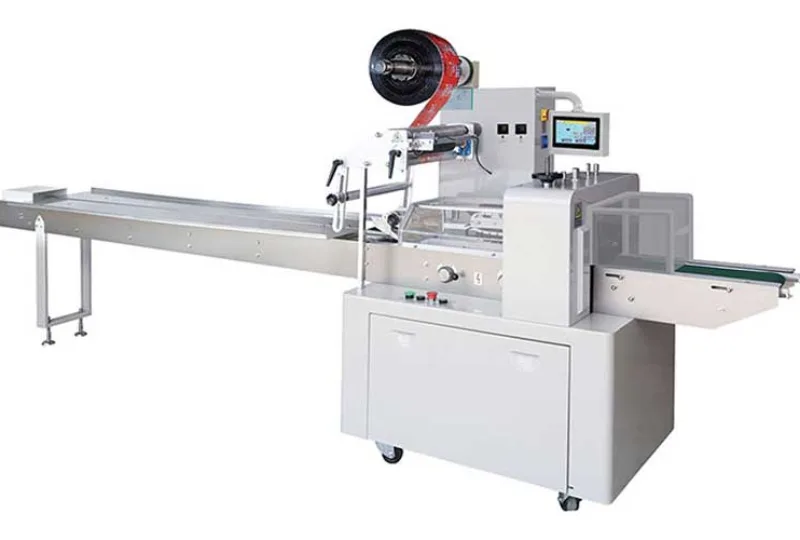 08
08Advanced Fully Automatic Packaging Solutions for Efficient Production
11-10-2025 -
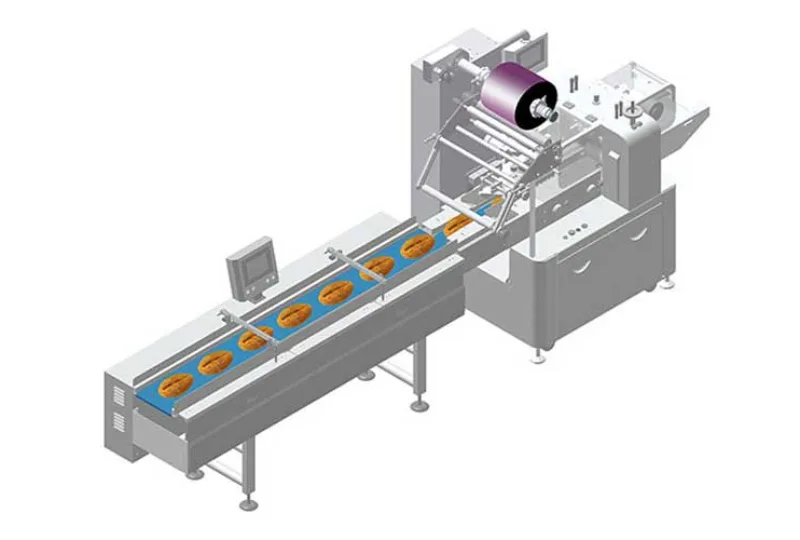 09
09Efficient Automatic Food Packaging Solutions for Modern Production
11-10-2025 -
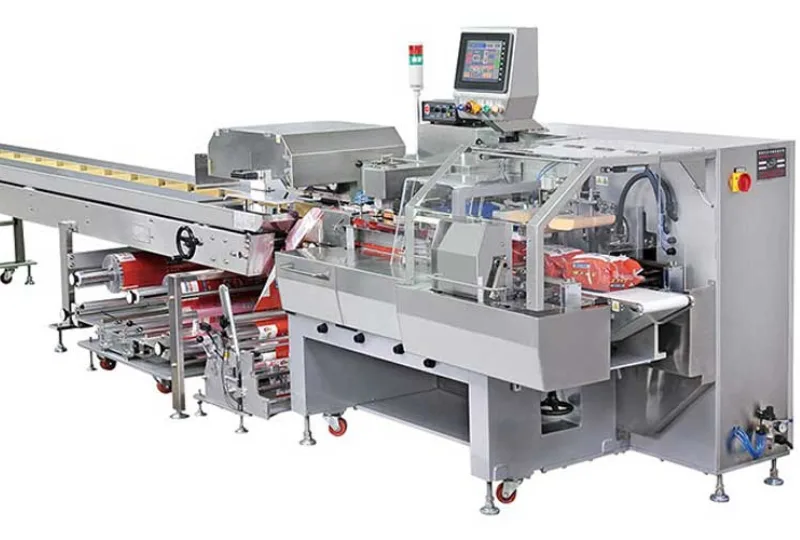 10
10Advanced Automatic Packaging Equipment for Efficient Production
11-10-2025



